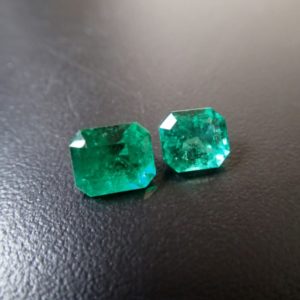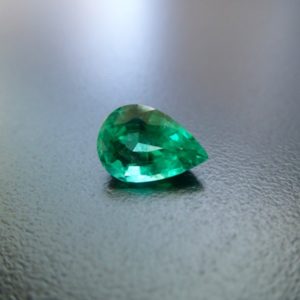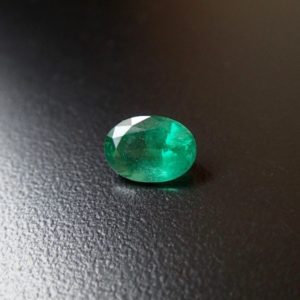Emerald
Our Emerald Collection
Treatment / Enhancement
Early gemstone merchants immersed their emeralds in clear oils or paraffin, which made surface fissures less visible to the eye. Today, there are many sophisticated technologies with which to clarify or enhance emeralds. In addition to oils and waxes clear resins are used to penetrate open fissures surfacing in the stones. Hardeners are often added to solidify these resins. These hardeners add to the stability of the fillers but some can cause yellowing within the emerald over time. Recently there have been inexpensive synthetic emeralds produced called hydrothermal emeralds. These display a ghost pattern of chevron waves throughout the gemstone, and can be detected with microscopic observation.
Origin
Most of the world’s emeralds are mined in Colombia, Brazil and Zambia. The Colombian stones attribute their rich green color to chrome while vanadium causes the green in Zambian stones.
Folklore
4000 years ago ancient Egyptians mined emeralds, even Cleopatra was an avid collector. Emeralds were believed by these ancient civilizations to empower the owner with insight into the future. It was also regarded as an amulet for good fortune.


Care
Although the emerald itself is quite durable (hardness 7.5 to 8) inclusions may make individual gems vulnerable to damage if handled roughly. We do not recommend the ultrasonic or steam cleaner. The fillers may dissolve or the extreme temperature change may aggravate the inclusions and cause damage. If the emerald has no fillers and is very clean, the color will be stable against heat.
